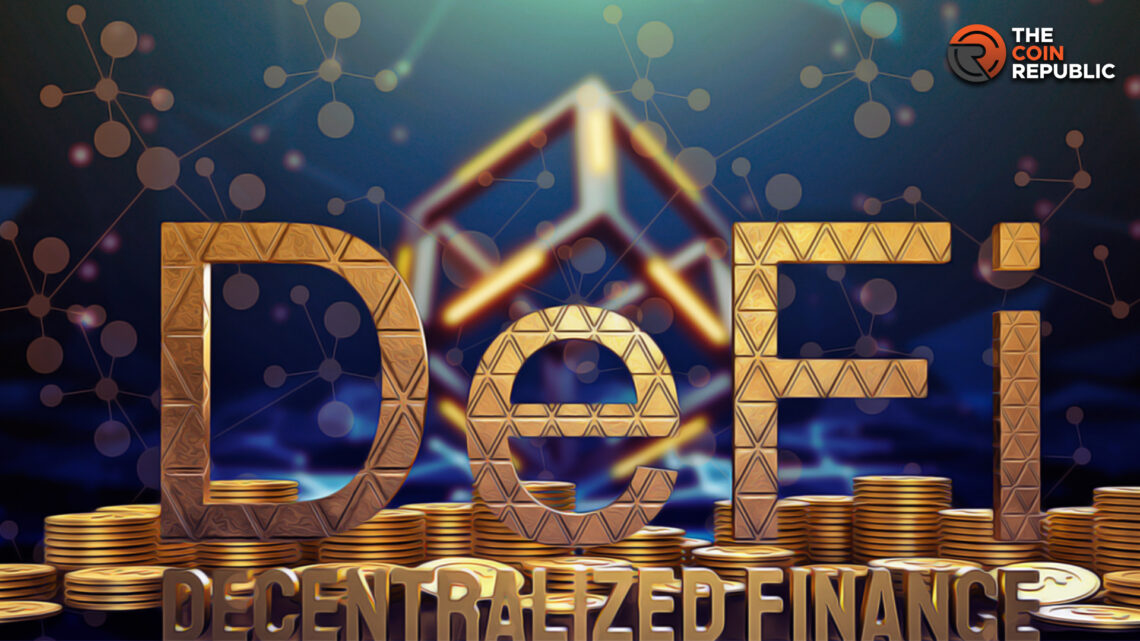- 1 Research protocols, use hardware wallets, and grasp smart contract dangers to stay safe in DeFi.
- 2 Diversification and Caution: Diversify, monitor token approvals, and limit connections to reduce risk.
- 3 Safe Engagement: Use DeFi safely with knowledge, monitoring, and precautions.
Decentralized finance (DeFi) promises open access to financial services using blockchain technology. But like any new space, DeFi comes with risks if proper precautions aren’t taken.
Important Steps to Take to Participate in DeFi Safely”
Research before investing – The DeFi space is growing rapidly, so research any protocol thoroughly before committing funds. Check community forums and social channels to gauge a project’s credibility. Avoid “meme coins” or projects with anonymous teams. Stick to established, audited protocols, especially when starting out.
Use hardware wallets – Keep the bulk of your crypto funds in a hardware wallet like Trezor or Ledger rather than on exchanges long-term. Hardware wallets store assets offline, reducing attack vectors. Enable multi-factor authentication for an added layer of security.
Be selective with connections – Avoid connecting your wallet randomly to any dApp website. Only allow connections to applications you have thoroughly researched from credible teams. Check site security features like HTTPS. Disconnect wallets after completing transactions.
Understand smart contract risks – Smart contracts power DeFi, but also present risks if not properly coded. Use established audited contracts, and beware of deploying to new contracts with unproven code. Check for audits from reputable firms before using.
Keep private keys safe – Your wallet private keys authorize transactions, so never share these. Store keys offline in secure cold storage. If backing up digitally, encrypt and stash copies securely across multiple devices. Avoid screenshotting or unencrypted cloud storage.
Mitigating DeFi Risks: Strategies for Safe Participation
Use trustworthy blockchains – Stick to secure Layer 1 blockchains like Ethereum, Solana, Avalanche, etc, for most DeFi activity. Newer or more obscure chains may lack security measures or have potential exploits.
Monitor token approvals – Many DeFi apps require approving token access. Be prudent and minimize approved amounts, revoking access after use. Token approvals are a common attack vector – monitor them closely.
Spread out liquidity – Don’t put all funds into a single protocol. Spread liquidity across multiple applications to limit risk exposure. This diversification makes losses from potential exploits or hacks more contained.
Stay educated on risks – Follow leading DeFi security experts on social media, newsletters, and forums to stay updated on emerging threat trends and best practices. Knowledge is key to navigating DeFi safely.
Decentralized finance holds tremendous promise to transform the financial system but also requires careful navigation.
By taking a selective approach, minimizing attack surfaces, and prioritizing security protocols, DeFi’s risks can be managed. With vigilance, education, and proper precautions, the groundbreaking benefits of DeFi can be safely harnessed. The prudent path forward acknowledges these nascent technologies’ risks while still capturing their revolutionary potential through informed engagement. With security as the keystone, DeFi’s possibilities can be unlocked for those willing to learn and prepare.

Andrew is a blockchain developer who developed his interest in cryptocurrencies while pursuing his post-graduation major in blockchain development. He is a keen observer of details and shares his passion for writing, along with coding. His backend knowledge about blockchain helps him give a unique perspective to his writing skills, and a reliable craft at explaining the concepts such as blockchain programming, languages and token minting. He also frequently shares technical details and performance indicators of ICOs and IDOs.


 Home
Home News
News








